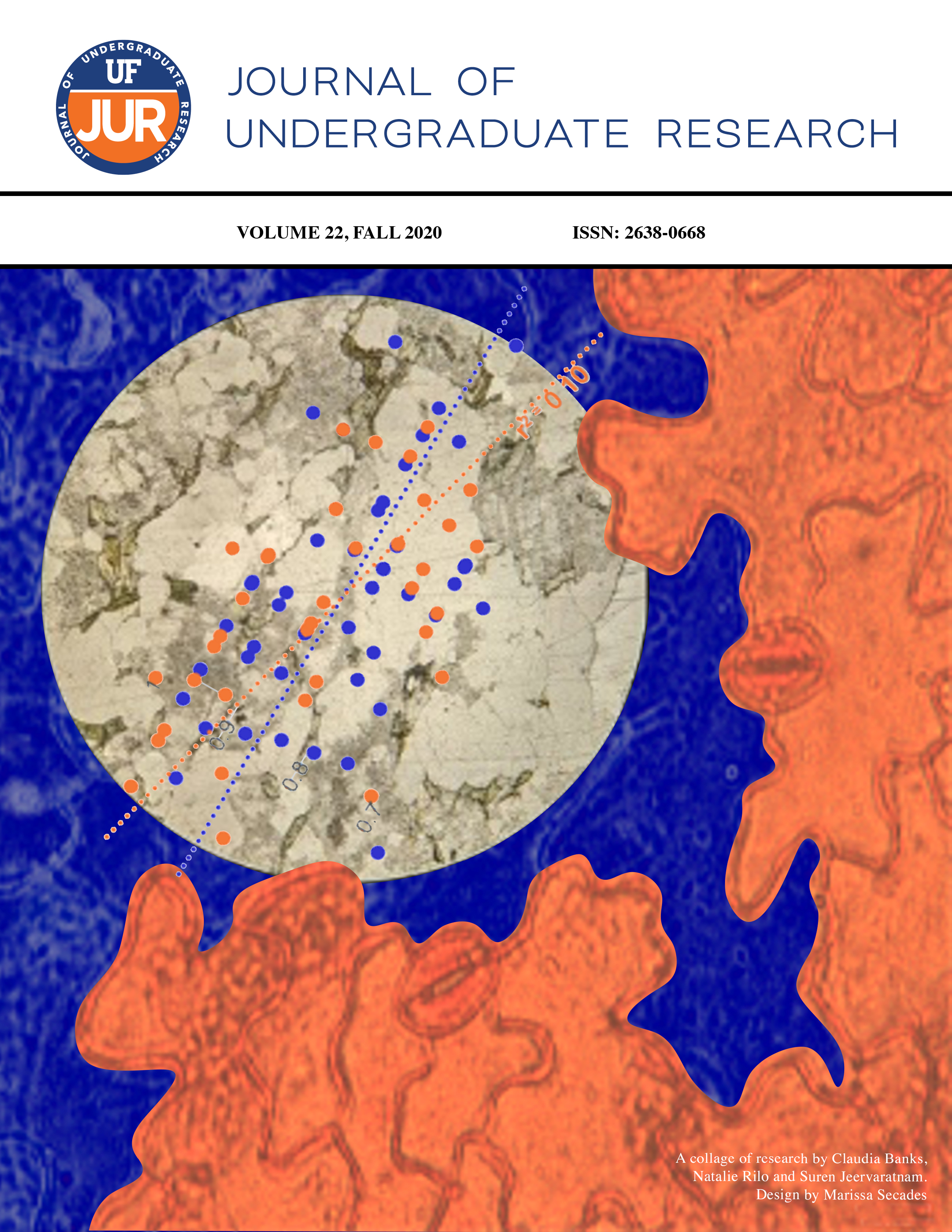Exploring Autism Disparities Among Latina Girls
A Collective Case Study
DOI:
https://doi.org/10.32473/ufjur.v22i0.121794Keywords:
Autism spectrum disorder, Latina girls, DisparitiesAbstract
There is increasing evidence of ethnic and gender disparities in autism spectrum disorder (ASD) identification and receipt of services. Compared to White males, Latino children and girls are both more likely to receive a delayed diagnosis and less likely to receive high-quality services. Little is known, however, about Latina girls with ASD, including how their ‘pathway to a diagnosis’ compares to non-Latina White girls. To address this gap, this collective case study draws upon interviews with four families from two larger qualitative studies investigating ASD disparities. The purpose of this study is to compare the autism diagnosis and services experiences of three Latino families and one non-Latino White family of girls with ASD. Two researchers coded seven interviews using thematic and narrative analysis. The researchers identified three themes: 1) The Latino cases involved extended family members as both barriers and facilitators to the ASD experience, while the non-Latino case had little extended family involvement; 2) The Latino cases involved a tension between specialized ASD knowledge and culturally-influenced stigma around disability; 3) All cases suggest a female ASD phenotype that differs from the traditional ASD presentation. The study concludes with recommendations for improving support for Latino families with girls with ASD.
Metrics
Downloads
Published
Issue
Section
License
Some journals stipulate that submitted articles cannot be under consideration for publication or published in another journal. The student-author and mentor have the option of determining which journal the paper will be submitted to first. UF JUR accepts papers that have been published in other journals or might be published in the future. It is the responsibility of the student-author and mentor to determine whether another journal will accept a paper that has been published in UF JUR.

